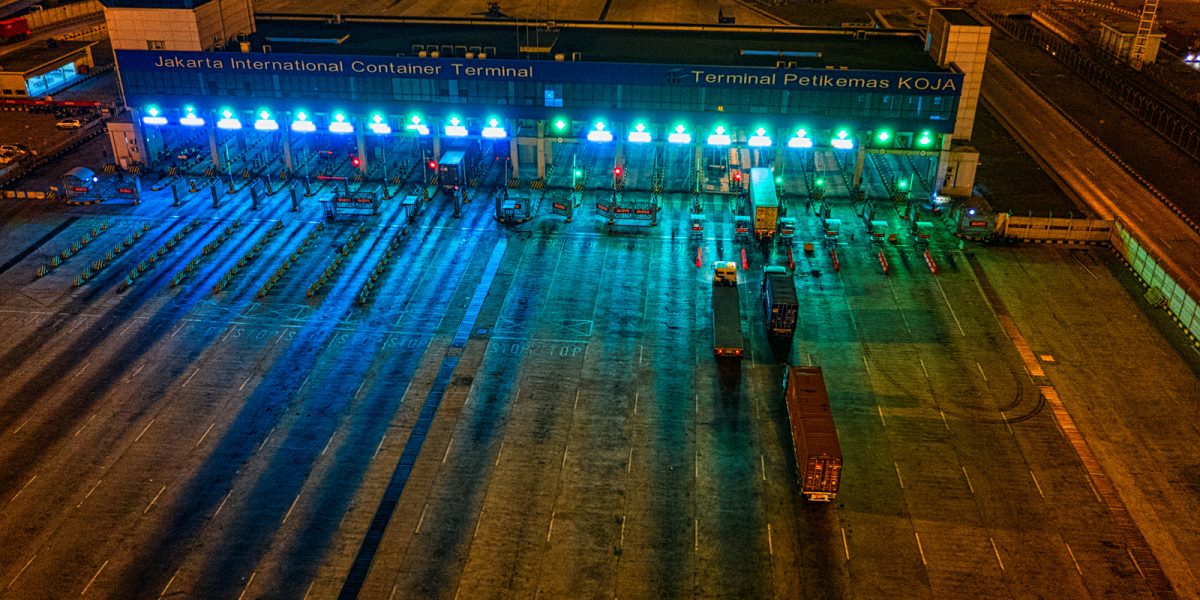Supply chain increases competitiveness and will contribute to customer satisfaction but professionals still find it boring.
Research shows that 97% of online retailers find supply-chain-related subjects boring. Okay, the statistics might be false, but I’m sure it’s about right. Logistics, inventory, freight, trucking, warehousing—these are all very dull subjects that nobody wants to deal with or read about. But, unfortunately, they are critical for any retail business and a mandatory topic, especially in these weird Coronavirus days.
With a regular online retail business, supply-chain impacts over 60% of the total cost of your product. Yes, sixty percent! Or three fifths, whichever you prefer. If you are an Amazon seller using FBA, you spend a good chunk of that cost to have an Amazon store and fulfill your products. But what about the rest? Well, it refers to the cost of bringing your product to the FBA fulfillment centers. And Amazon doesn’t help you here.
Dealing with factories, inspection companies, freight forwarders, customs brokers, transportation companies, warehouse operators, and all other players of your supply-chain is unquestionably the most challenging and time-consuming piece of your online retail business. It usually takes more than half of the effort of a regular seller and is by far the reason for the most—and worst—headaches!
If you are a creative person, passionate for marketing and sales, who started your online retail business with the dream of creating a unique product and a strong brand, but who is now drowned in supply-chain-related issues, you’re not alone.
For every $1 million in sales, it is estimated that more than $120 thousand is spent only in costs connected with stock-outs, overstocks, and returns. That means 12% of your overall sales! In other words, if you’re lucky to have a 15% margin, and you manage to solve half of your supply-chain problems, you will be able to reach a 21% margin. You can achieve that with straightforward measures.
STEP 1: GAIN VISIBILITY OF YOUR SUPPLY-CHAIN
If you’ve ever manufactured products abroad and had them shipped to your local fulfillment centers, you know that most of this process is a black box. Even if you use one of the modern freight forwarders, such as Flexport, you still have visibility of only the freight part of the process, which is excellent, but not enough. Having easy access to the status of every open purchase order, their next steps, and main estimated dates, is a critical factor to have an efficient supply chain.
STEP 2: KNOW IN REAL TIME THE IDEAL DATE OF DELIVERY OF YOUR PRODUCTS
The main mistake of most online retail operators is the idea that, after a purchase order is placed, it just has to follow its typical path. No! Purchase orders should be treated as live organisms that need to be taken care of, reassessed, and readjusted. Online retailers who understand that the ideal delivery date is a moving target and who furthermore have real-time visibility of the updated ideal delivery date of each PO can speed up or slow down deliveries. These retailers can even rebalance and split shipments according to the new data. Most of the time, what you initially planned isn’t what is now the best option, and you can still adjust that.
STEP 3: CONNECT AND SYNCHRONIZE SALES AND INVENTORY
Supply-chain management is hard and involves multiple players and moving pieces, which is maybe the most crucial step of this list. Besides that, the lengthy supply cycle of most businesses makes it critical for them to have accurate forecasts 100+ days in advance, which is impossible under any circumstances. As a result, most online retailers have to carry an inventory level much higher than usual to account for supply-chain disruptions and avoid stock-outs. Well, this isn’t the most intelligent solution, as retail is a capital-intensive business, and every single capital invested in excess will limit the growth and sustainability of your business. But what to do, then? Simple: connect and synchronize your sales and inventory, so that you always know the impact of your inventory restrictions in your sales and vice-versa. In other words, if you have any disruption in inventory that will create a stock-out situation, you should know in advance, so that we can balance your sales pace. Many times, with minor tweaks in price and ad spend, you can make your inventory survive until the next batch arrives. You not only run out of stock—avoiding the harsh consequences of a stock-out in online retail— but you also sell your products with a better margin.
If you implement these three steps, you will see that your business will operate in a completely different way. Fewer stock-outs mean increased sales; fewer overstocks suggest more free capital to invest in your business, and balanced sales according to inventory restrictions mean higher margins. Modern retail isn’t only about 2-day delivery. It is also about an equally modern operational approach.
At Flieber, we allow online retailers to go back to their origins and focus on marketing and sales again. With a hands-on approach, we take care of the operations, giving full visibility to the process and turning our clients into decision-makers. No need to deal with suppliers in China in the middle of the night; no need to follow-up with freight forwarders to make sure that the products will arrive on time; no need to find last-minute alternatives to solve a problem that will delay the delivery. Leave the headaches to our experienced team and enjoy being an online retailer again.



-1.png)

